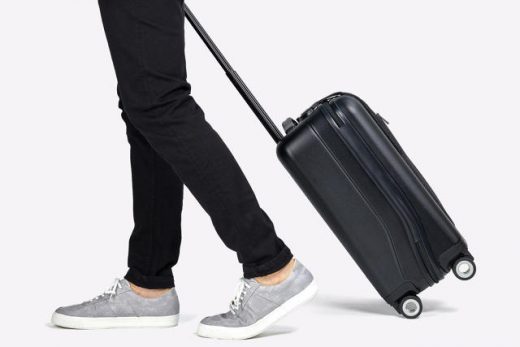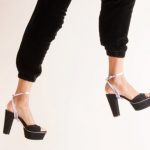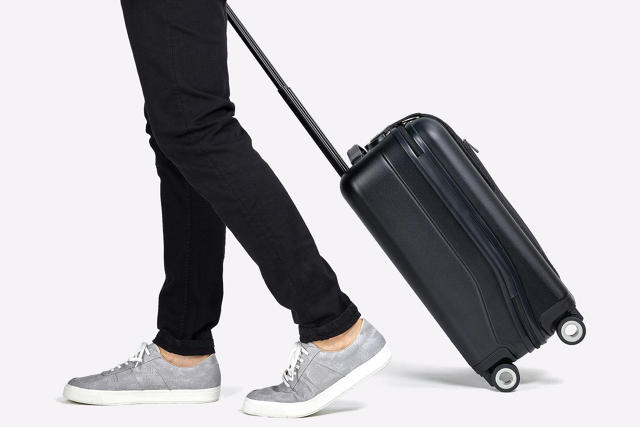Bluesmart’s Black Connected Suitcase: Worth The Price Tag?
“Ma’am, we’re just going to need to run this through one more time,” a young, friendly TSA rep said as he took my carry-on bag off the security scanner at the Palm Springs airport and put it back through the machine. After its next run, he determined that the bag needed to be taken off to a counter on the side, where he opened it up and began to swab the inside.
A small crowd of TSA agents gathered around the bag, watching him. Another agent, the one that was previously operating the scanner, called out from the back of the crowd, “There’s a battery in there!” The swabbing agent asked me if the bag did in fact have a battery, and when I confirmed it did, he completed his swabbing (which at this point had covered pretty much every inch of my bag), zipped it up, and said, “These are so new. We don’t see many of them around here,” and sent me on my way—but not before commenting on how much he liked the design of my suitcase and chatting for a few minutes about where I bought it.
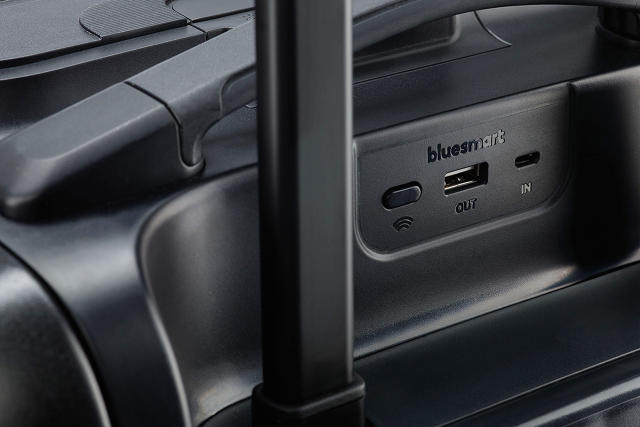
I was traveling with Bluesmart’s new Black Edition. It’s a carry-on that has a built-in battery for charging your phone, a scale for determining how heavy the bag is when packed, a smart lock, and a GPS tracker for locating it, should you ever become separated. Everything is controlled using an app on your iPhone or Android device.
Over the course of a month, I took the bag from my home in San Francisco to Palm Springs, San Diego, Denver, and my original hometown of Raleigh, North Carolina. This brief encounter in Palm Springs was the only time I ran into any real trouble with the suitcase—”trouble” perhaps being a strong word for my brief and reasonably pleasant delay at security.
When I received my review unit in the mail, I expected I’d be dealing with lots of airport-security hurdles as I traveled. One reporter carrying BlueSmart’s original bag experienced a rather epic face-off with security in Chicago, due to the bag’s suspicious-looking built-in battery. But in my case, all the TSA agents were more or less fine with it.
We’ve finally gotten to a point where connected luggage is common enough that it can pass through security without setting off alarm bells. And its digital-friendly nature can do impressive things for your travel. Here’s what I liked and didn’t like about the Bluesmart Black Edition.
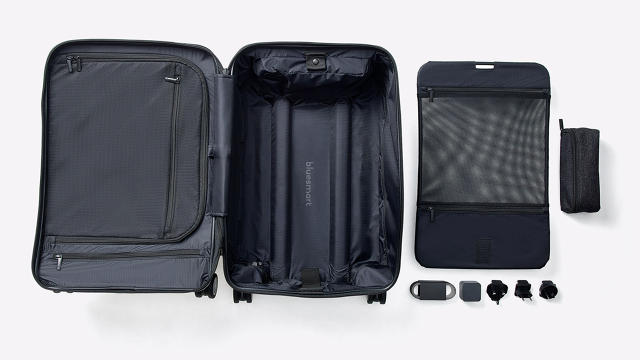
No More Lost Bags . . . Sort Of
I absolutely hate checking bags and will go to any lengths (even mailing parcels home) to avoid having to hand over my bag at the airport. In my experience, checking bags always ends in airlines misplacing them. But the ability to track down potentially lost luggage? That was an appealing idea.
Bluesmart’s Black Edition has a built-in GPS, which allows you to locate your luggage wherever it might be. Since it’s a carry-on, logic dictates that it’s most likely with you. If you end up in a later boarding group and have to gate-check it, however, you’ll be able to track it.
Still, the GPS is far from perfect. I tried in several airports to locate the bag that was sitting right beside me, and the app would show it outside the airport, in a different terminal, or even down the street. Testing it while it was sitting in my apartment showed it to be roughly eight blocks away. So while you’ll be able to confidently tell a gate agent that your bag is still in, say, Chicago, you won’t be able to inform them where exactly in the city it might be. Assuming it’s still in the airline’s possession, that should be good enough, but if your bag is stolen, the GPS will be fairly useless.
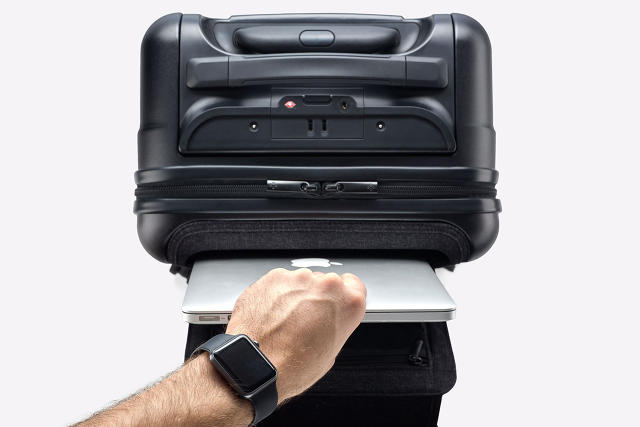
Super Secure
Speaking of stolen bags, I was also excited about the Black’s smart lock, which you can set to automatically unlock when your phone is nearby, and lock when you walk away from it. Sounds great. The bag has a TSA-approved lock so agents can get in with a special key if need be during inspection, but otherwise, it will keep your belongings secure, should you leave your suitcase at the hotel desk while you’re waiting to check in.
Big caveat: You need to have a charged bag and a charged phone in order for this feature to work. And let’s face it: You will likely be without one of those things at some point during your trip. The night before my San Diego flight, I forgot to charge the bag. As my boyfriend and I were packing, we realized we only needed one suitcase and shoved everything into the Bluesmart. We made it through security fine, but while sitting at the gate, he tried to get his allergy medicine out of the bag and the lock wouldn’t budge.
I tried. No dice. Fifteen minutes and several squished fingers later, I started weighing the options on how to break into the thing. Then I thought, “Maybe the battery is dead?” I plugged the suitcase into the wall—it uses a micro USB charger just like most Android phones—and 10 minutes later, the app was working again. Medicine acquired, crisis averted.
But what if I had stored the charging cable in the suitcase rather than in my tote bag? What if we were in the air and entirely away from a power source? What if this same thing had happened with my TSA friend at the Palm Springs airport? It certainly is a non-issue if you remember to charge up before you head out, but we lead busy lives and forget even the important things sometimes.
After that incident, I set the bag to always be unlocked. This eased my nerves but it did seem a shame to lose the entire feature. A few weeks later, after I’d checked the suitcase uncharged and unlocked, it arrived in Denver locked tight. (Agents at SFO searched and locked it.) After a frantic Google search, I learned that the front pocket of the bag holds a set of keys. Another crisis averted.
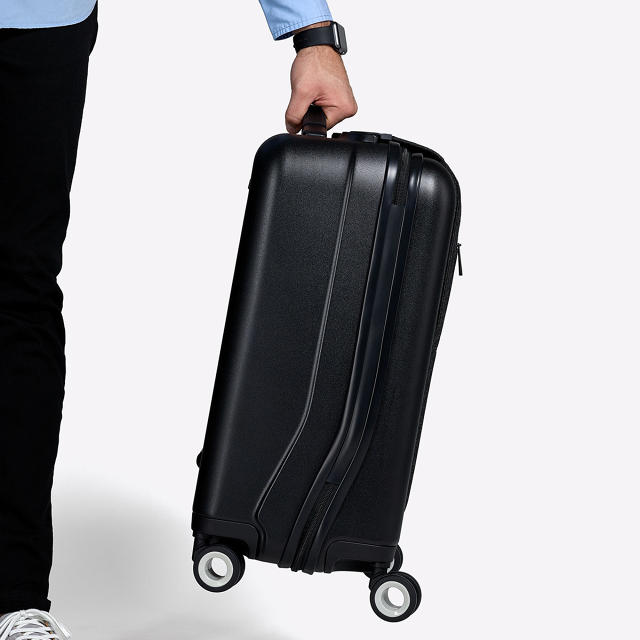
Weight
To use the built-in scale, you initiate the weight function from within the app, and then pick up the bag from its handle and hold it straight for a few seconds. When you do, the weight of the bag will appear on your phone. Pretty cool.
Most airlines don’t put a weight restriction on carry-on bags, so you might not use this function on every trip. The maximum weight of checked bags is typically about 50 pounds, and since the bag measures only 22 by 14 by 9 inches, there are only so many ways you could tip the scales. I was happy to have the weighing feature when I almost ended up on a last-minute Frontier flight and could instantly confirm that my carry-on was under the airline’s 30-pound limit.
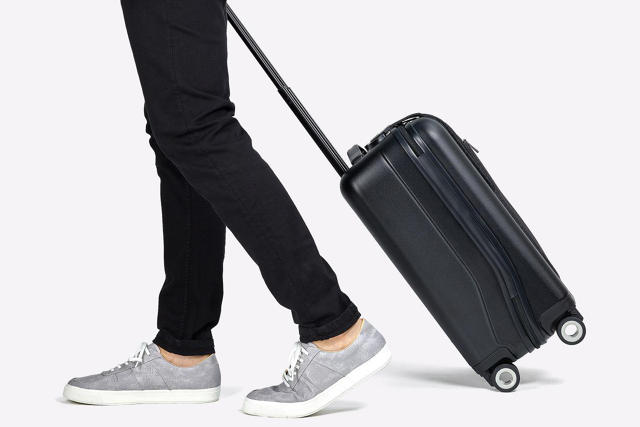
Ready For Takeoff?
At $599, Bluesmart’s Black isn’t cheap, especially for a carry-on. There are advantages, but many of the suitcase’s features can be added to a regular, non-connected suitcase with third-party gadgets.
You can buy a backup battery (like this one by Mophie), which wouldn’t be attached to the suitcase, so you could use it for other purposes: reviving your phone at the end of a long day of browsing, for instance. Some Mophie models will also charge more than just one device at once, whereas the Black only has one USB port. The GPS and lock are great for peace of mind. Luggage scales, on the other hand, are cheap and easy to find these days, though you wouldn’t be able to embed them in your luggage, of course. There are also gadgets like TrakDot that keep track of your bag and even go a step further than Bluesmart to tell you when it’s coming down the conveyor belt in baggage claim.
So the features the Bluesmart Black is offering aren’t exactly revolutionary. And you’re paying a ton for them to be built into the suitcase—more than if you buy them individually. I think I could add everything into a similar-sized bag, with the exception of that smart lock, for $200 or less. And they’d all fit in a tiny carry-on bag you’re likely to have by your side for your whole trip. So how handy are these features, really? For me, they’d make more sense in a larger bag meant to be checked. Unfortunately, Bluesmart doesn’t make one, nor has it announced any plans to do so in the future.
For the frequent business traveler, Black could add convenience to your routine. But for me, who travels roughly twice a month, it’s a little too small, too expensive, and too buggy to be truly life changing.
The Bluesmart Black carry-on is equipped with several tech features designed to make travel more convenient. Do they?
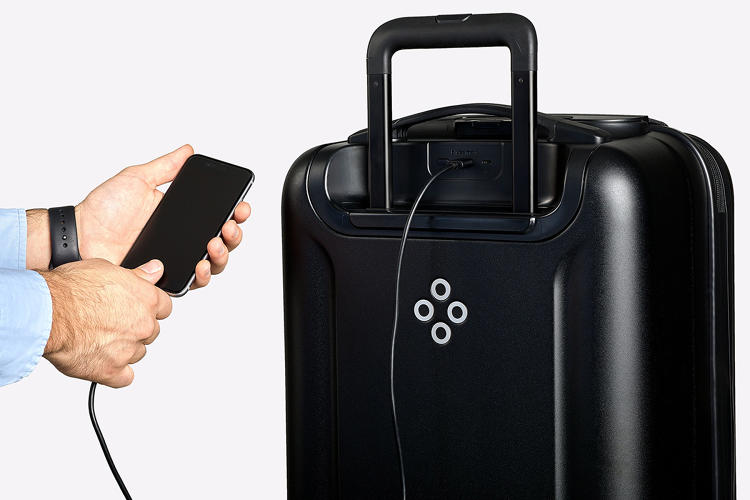
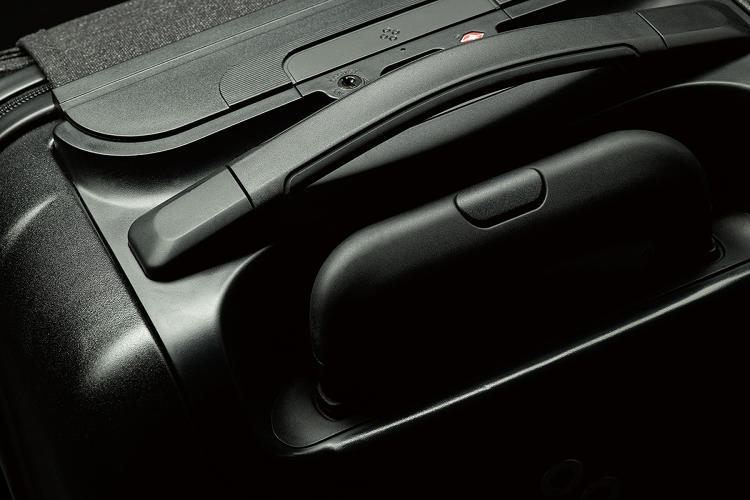

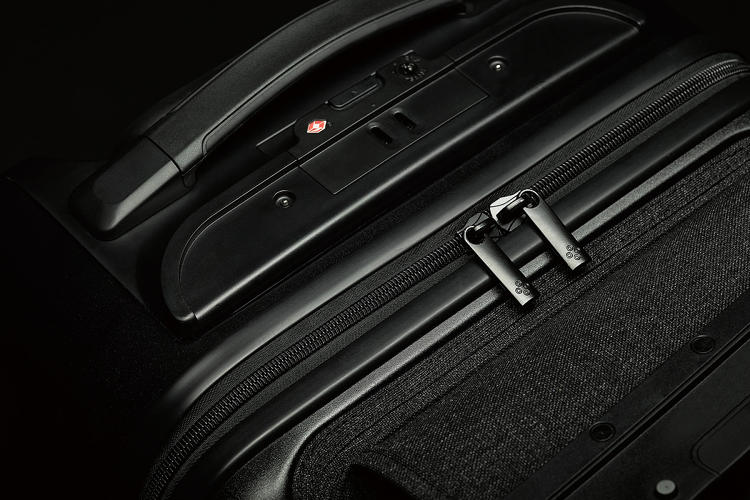
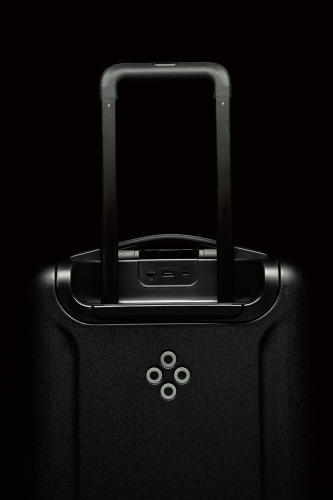
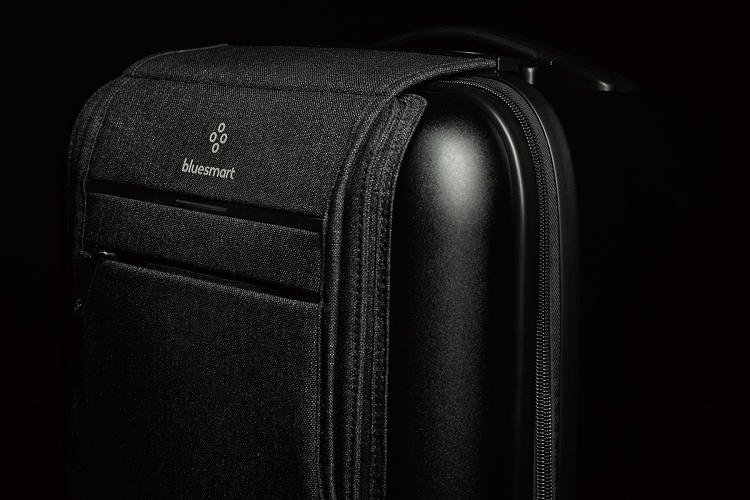
Fast Company , Read Full Story
(29)

